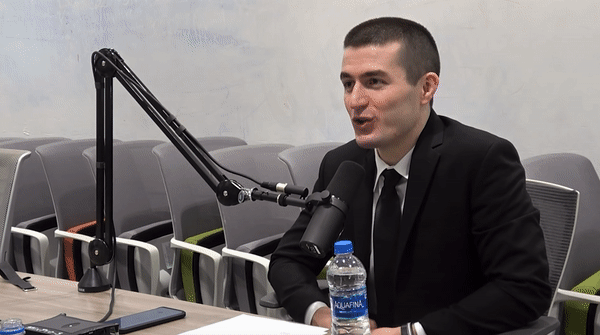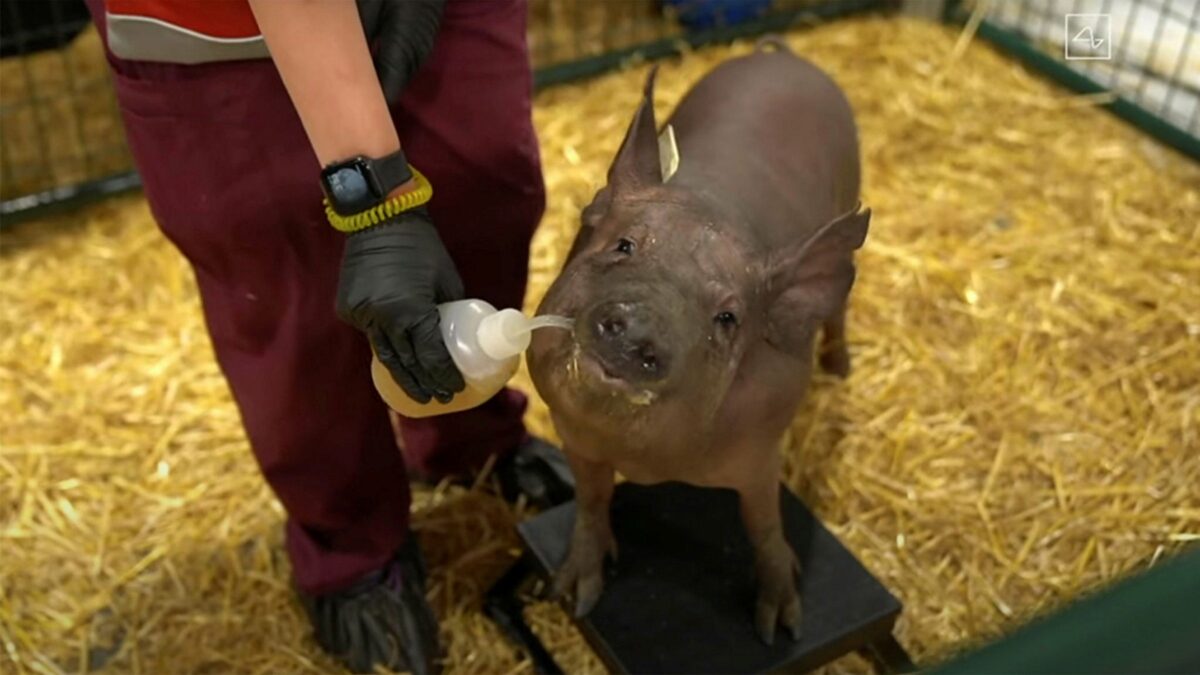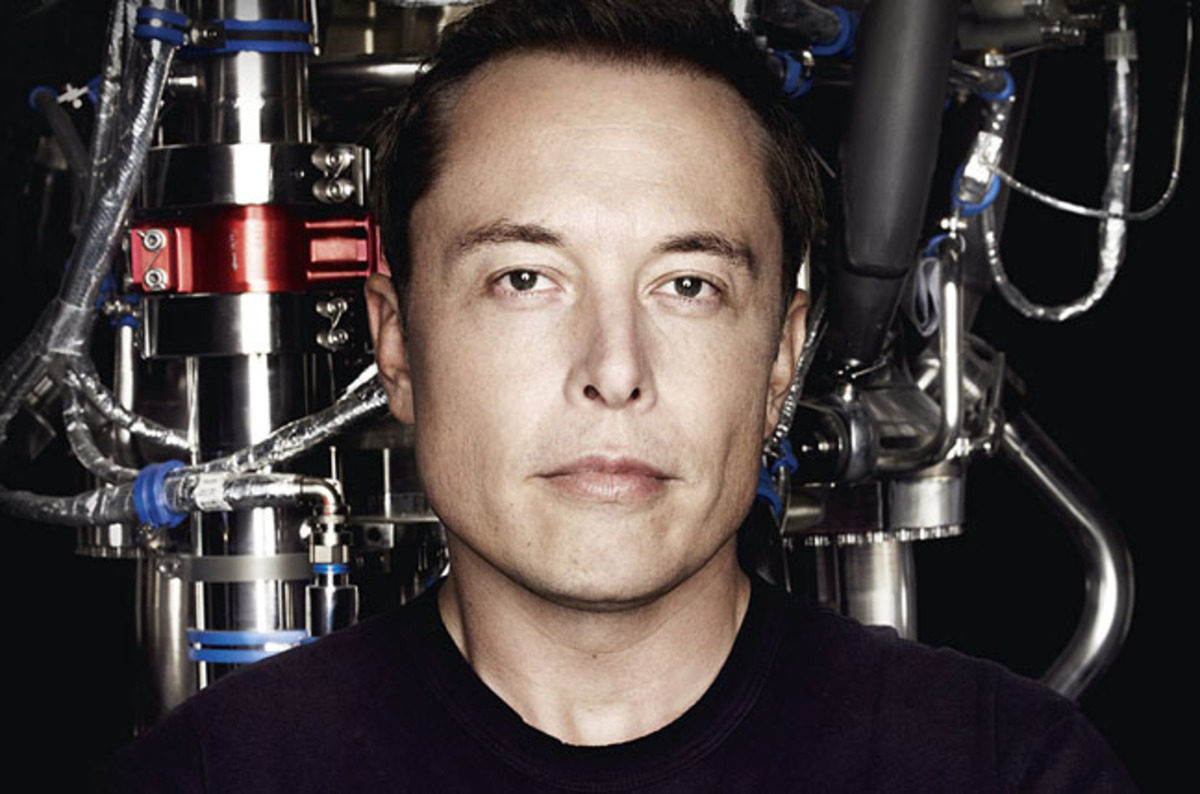The pinnacle of electrification of cars.
As the successor to the first production car of Tesla, which was the 2008 Roadster, the development of the new Tesla Roadster was announced by Tesla CEO Elon Musk in November 2017.

The fully electric vehicle is said to be released after the release of the renewed Model S, currently Tesla’s most famous model car. Tesla promises a 0-60 of 1.9 seconds with a top speed over 250 mph (400 km/h). The Roadster would be capable of such incredible performance figures due to its staggering 10,000 Nm of torque and all-wheel drive system. This would make the Tesla Roadster the fastest car in the world.

The Roadster would break all records for acceleration and performance compared to traditional super cars with combustion engines. With an expected range of 1,000 km, the range for electric vehicles would be greatly outperformed. Currently, this record is also held by Tesla, with the Tesla Model Y which has a range of 508 km. This is the most interesting point to me. Although the Tesla Roadster might look like an electric toy for rich people, in reality, I think the Tesla Roadster will achieve 2 things that are very important in our search for a sustainable future.
The 2 reasons:
1. Just like with their Model S, the Tesla Roadster will make electric vehicles more appealing. Before the introduction of the Model S, electric vehicles were mostly low performance cars with boring designs. The segment was mainly intended for early adopters: drivers with a strong interest in sustainability and wanting to compromise on performance and design, in return for a more eco-friendly footprint with regards to their driving. After the Model S took the market by storm, the image of electric vehicles was completely changed. No longer where electric cars associated with compromising performance and boring designs. Instead, Tesla made electric vehicles a reasonable choice in the executive segment. The Tesla Roadster is capable of doing the same. Outperforming “classic” super cars, the Roadster will increase the appeal of electric driving world wide.

2. The tesla Roadster will push electric vehicle technology further with record breaking acceleration, top speed and most importantly: range. Currently, electric vehicles are known for their acceleration. The electric drive train makes it possible for the cars to have full access to their potential power from the moment you hit the pedal. However, their topspeed and range are often limited, due to the battery size. Batteries are heavy and therefore companies have to find a balance between the required performance (speed, acceleration, range) and how heavy they want the car to be. After all, the heavier the car, the more the weight is influencing the desired performance. I think the Tesla Roadster will push other car manufacturers to further develop the electrification of cars. This will result in more widely available models with increased performance at a more consume friendly price.

Do you have some savings laying around and has this blog article made you interested in the Tesla Roadster?
Prices are still to be announced for the European market, but the base model is expected to cost 200,000 dollar in the US, but the first 1,000 production cars (announced as the Founder series) will be priced at 250,000 dollar in the US. Future customers can pre-order the Roadster with a base reservation of 43.000 euro and a founders-serie reservation of 215,000 euro (for the Netherlands). For more information, check out Tesla’s website: https://www.tesla.com/nl_NL/roadster?redirect=no










